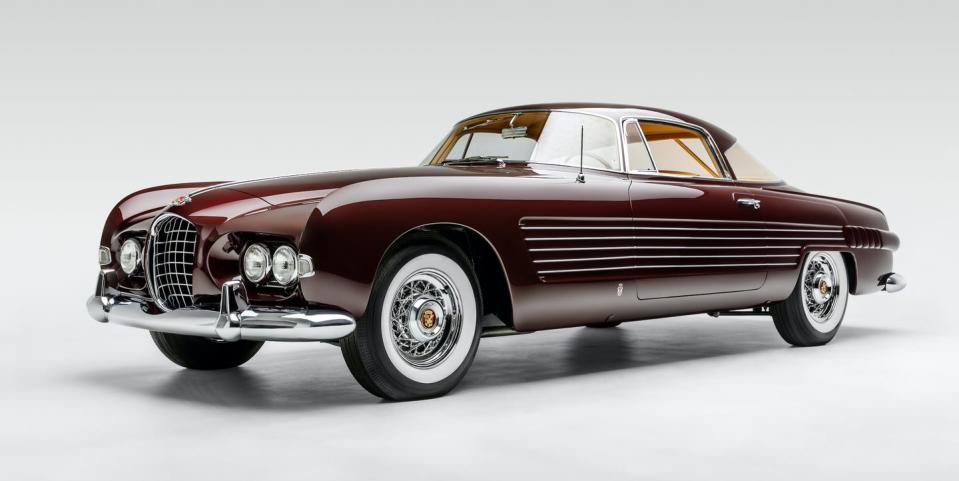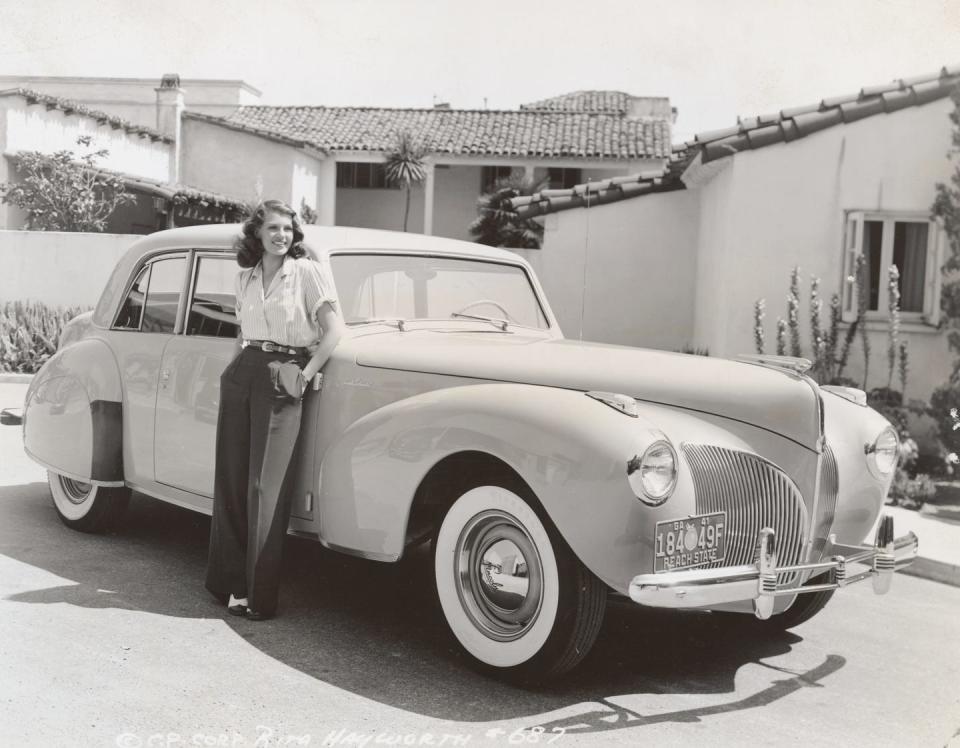The Prince and the Movie Star Car—Too Good to be True?

"Hearst Magazines and Yahoo may earn commission or revenue on some items through the links below."
Rita Hayworth was a major star and a world-class beauty, so it’s not surprising that she inspired extravagant gifts. It’s well documented that in 1941, film director Orson Welles presented her with a new Lincoln Continental coupe. She kept the car for three decades and donated its bumpers to a World War II scrap drive. That car, magnificently restored, will be auctioned by Worldwide April 23.

Popular history has it that Rita Hayworth was later gifted with an even more extraordinary car by a wealthy lover. In this case it was her husband, the immensely wealthy Prince Aly Kahn. Tired of his philandering (reportedly with actress Joan Fontaine), Hayworth decamped with her daughter to Nevada to begin divorce proceedings. According to lore, Kahn was distraught, and around this time he saw an exclusive Ghia-bodied Cadillac, one of two built on spec, at the 1953 Paris Auto Salon.
In an attempt to win Hayworth back, the story goes, he bought the Cadillac off the stand and sent it to Hayworth in Nevada. She reportedly kept the car but not the husband, who had also offered her $1 million if she would raise their daughter as a Moslem. A subsequent German owner lent the car to the Petersen Automotive Museum in Los Angeles. The Petersen eventually purchased the Ghia-Cadillac and gave it the striking dark burgundy paint it wears today as seen in the top photo. (The other one is blue.)
That was Petersen’s story until two years ago, but as with paintings, provenance can change. Joseph Harper, associate curator of the Petersen, said via email, “I can understand your interest in the vehicle, however [the Ghia Cadillac] was never owned or built for Rita Hayworth. After some extensive research, the museum stopped representing it as such some time ago due to a complete absence of evidence—despite previous claims made by previous owners.”

 Yahoo Autos
Yahoo Autos 